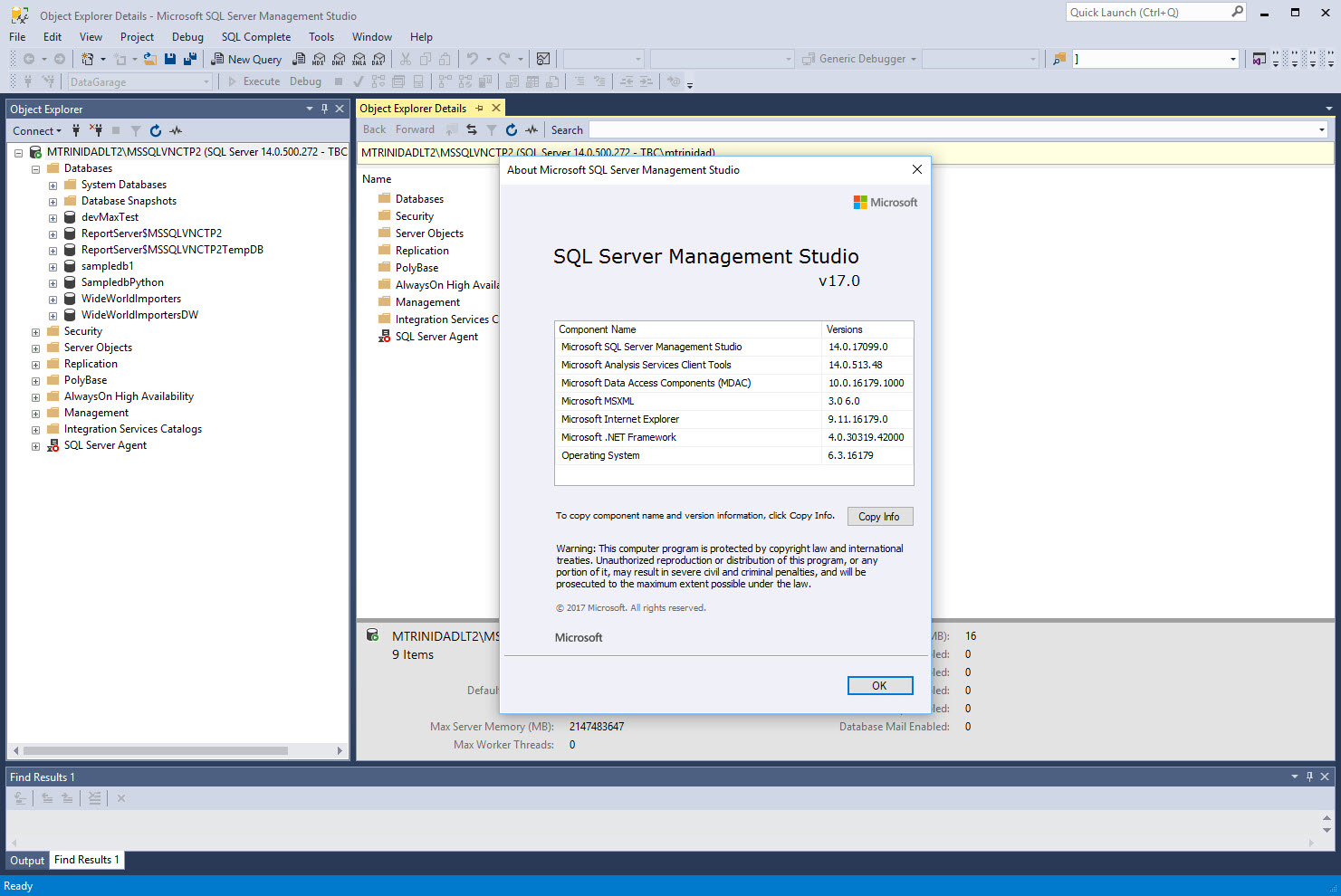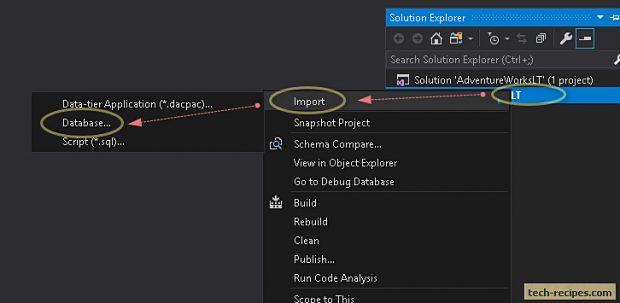
Though there are no specific barriers to using this version of Microsoft SQL Server Management Studio (SSMS) against SQL 2000 or SQL 2005 (though they're no longer supported by Microsoft) there may be features of those older products that would not work accurately with this version of SSMS and it's recommended that if you're still using those versions of SQL Server in production you work to upgrade to supported versions and continue to use older versions of Microsoft SQL Server Management Studio to administer those instances.ĭownload Microsoft SQL Server Management Studio 17.1 Today This release also supports the SQL Server Analysis Services PaaS. This release also supports Microsoft Azure SQL Database and Microsoft Azure SQL Data Warehouse.

Version 17.1 is generally available now and works with all versions of SQL Server currently supported by Microsoft: SQL Server 2008 - SQL Server 2017. This past week brought us the latest release of Microsoft SQL Server Management Studio. If you haven’t seen your table yet, right-click on your database a click refresh.ġ3.Microsoft SQL Server Management Studio 17.1 Released

To see if the table is successfully created, go to your SQL Server Object Explorer and expand your database and go under Table. To save changes you made to your table, click on the update button located above your table design, then click Update Database on the next pop-up window, which is the image below.ġ2. Now go back to the middle pane and add the additional columns we need for our table.ġ1. Expand Identity Specification and set ( Is Identity) to true.ġ0.

Set id to auto-increment by highlighting the id column and going to properties located just below your solution explorer. A new window should be open in the middle pane containing default id column which is set to primary. Navigate again to your SQL server, expand the Database folder, and under your Database right click on the Table Add TableĨ.


 0 kommentar(er)
0 kommentar(er)
